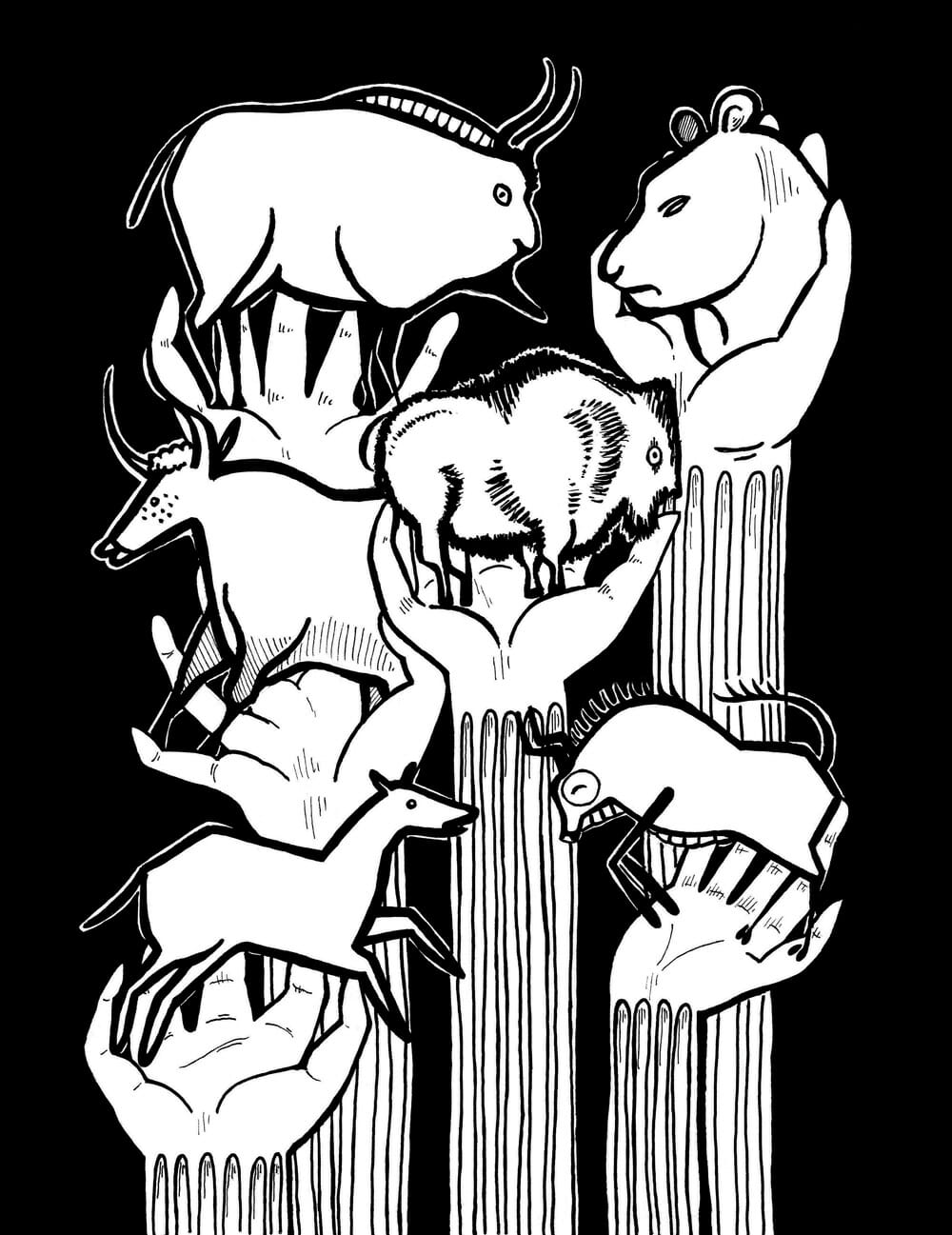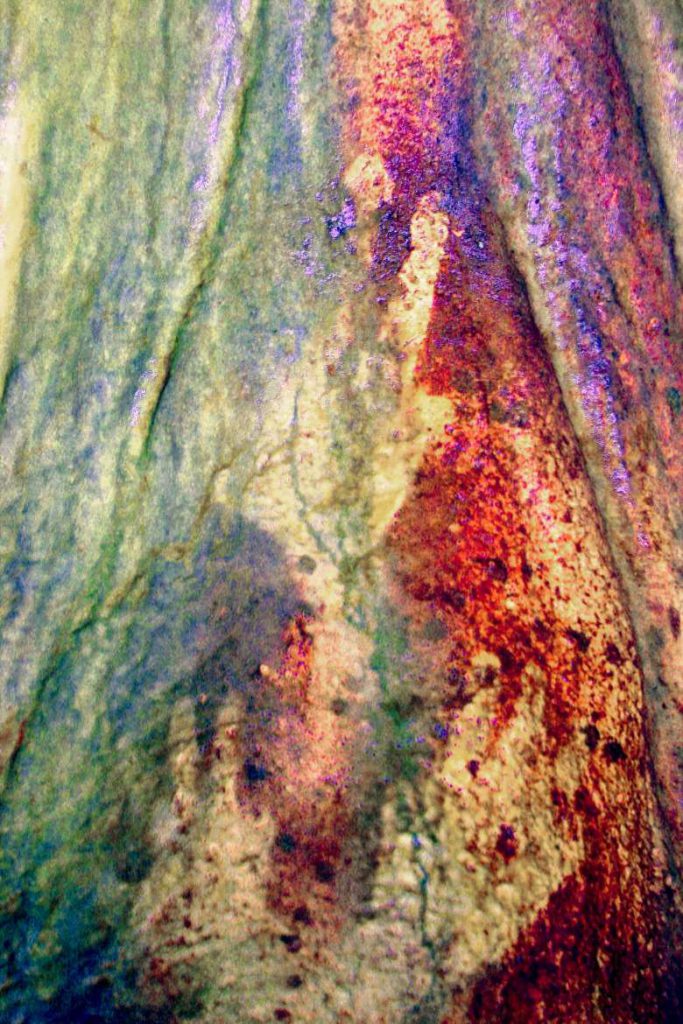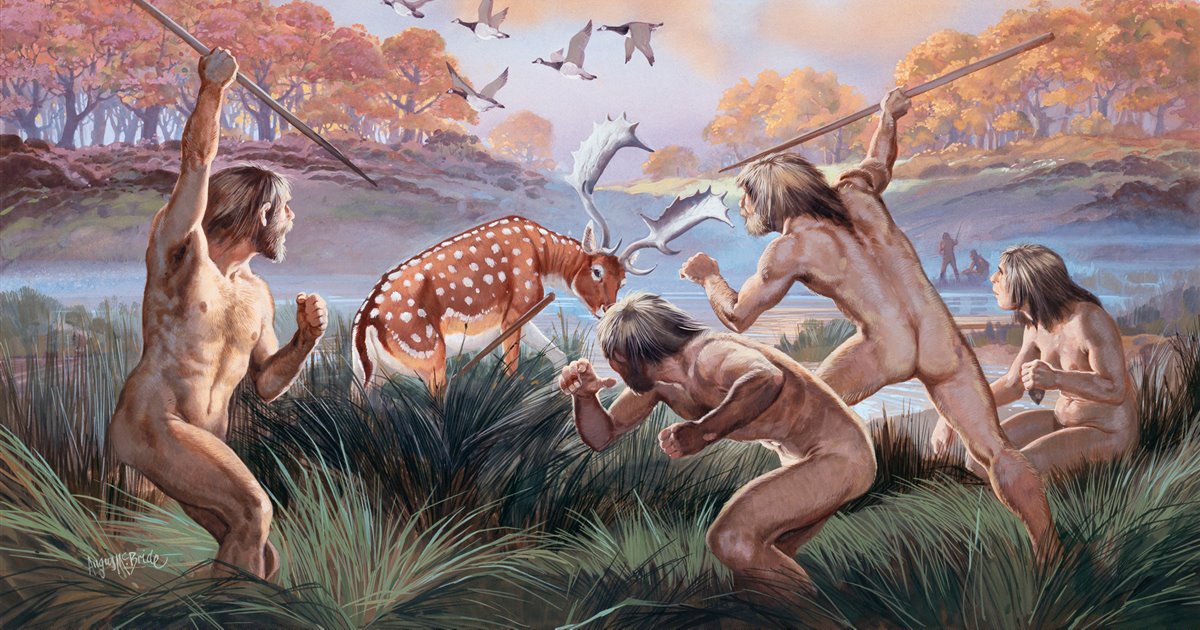Montuno
...como el Son...
International Cannagraphic invites you to a walk through the History of Humanity, through its achievements and its miseries, in an attempt to know and celebrate both the branches of diversity that distinguish us in a thousand peoples, as well as the common trunk that makes us one people.

Last edited:












































